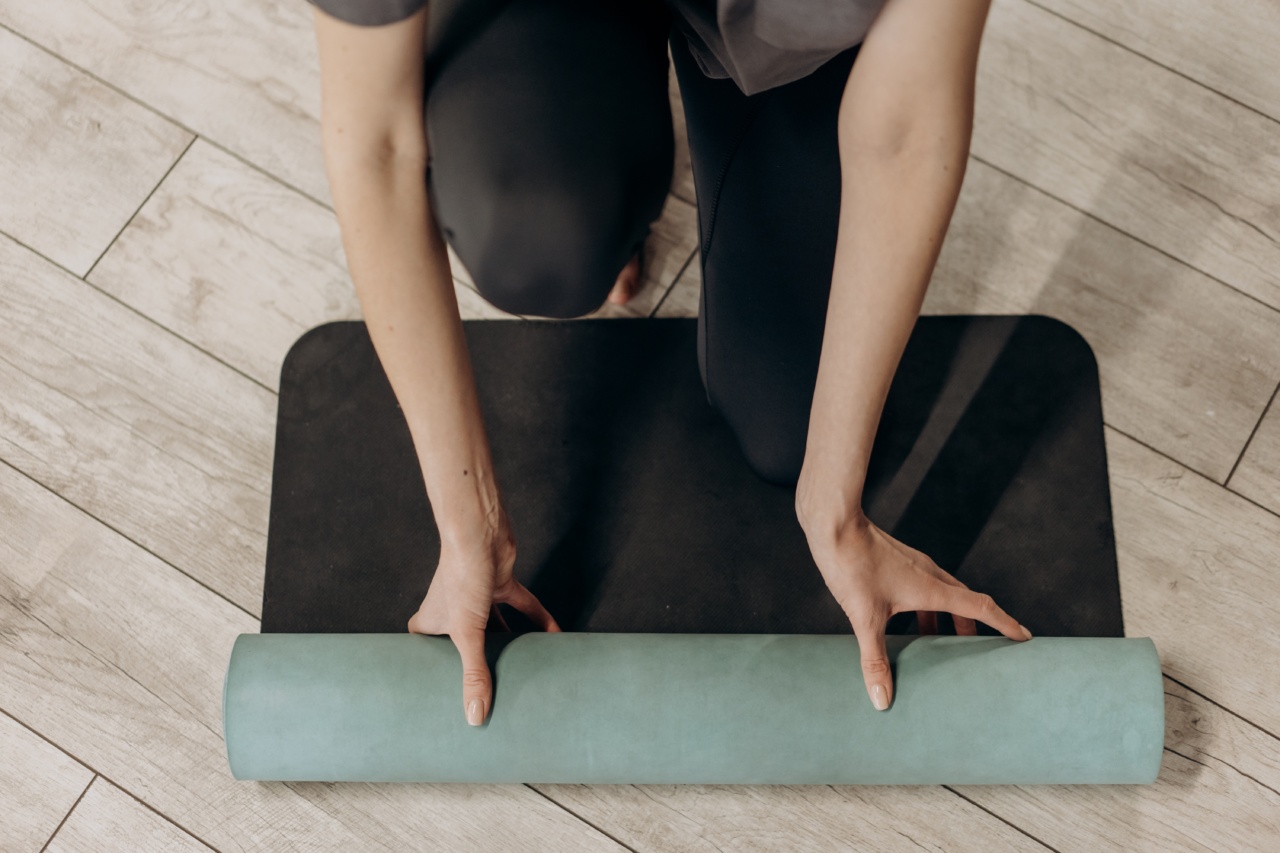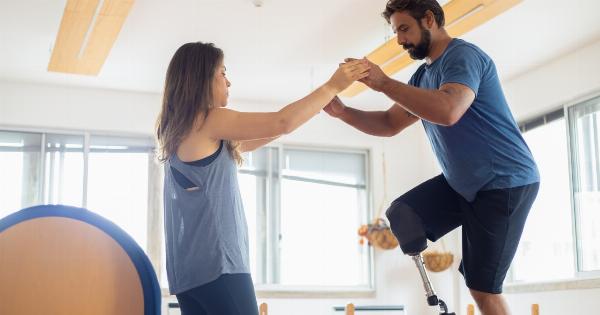Parkinson’s disease is a progressive neurological disorder that affects movement and coordination. It can cause tremors, stiffness, and balance problems, making everyday tasks challenging for those living with the condition.
While there is no cure for Parkinson’s disease, there are various treatment options available to manage symptoms and improve quality of life. One such option is engaging in regular sports activities.
1. Improved motor skills
Sports require precise movements, coordination, and balance, all of which can help individuals with Parkinson’s disease improve their motor skills.
Engaging in sports activities such as tennis, swimming, or cycling helps to challenge the body’s movements and keep the muscles active. The repetition of movements involved in sports can lead to improved muscle control and coordination, making everyday tasks easier to perform.
2. Enhanced balance and stability
Balance and stability are often compromised in individuals with Parkinson’s disease. Sports activities that involve swift movements or changes in direction can help improve balance and stability.
Activities like yoga, Tai Chi, or dance not only enhance core strength but also improve posture and body control. This increased stability can greatly reduce the risk of falls and injuries, common concerns for people with Parkinson’s.
3. Increased flexibility and range of motion
Stiffness and reduced range of motion are common symptoms of Parkinson’s disease. Engaging in sports activities that involve stretching and flexibility exercises like Pilates or stretching routines can help alleviate these symptoms.
Regular stretching can improve joint mobility, flexibility, and muscle elasticity, making it easier to perform daily activities and reducing muscle cramps and stiffness.
4. Boosted mood and mental health
Participating in sports activities has been proven to have a positive impact on mental health.
Exercise releases endorphins, known as “feel-good” hormones, which can help alleviate symptoms of depression and anxiety commonly experienced by people with Parkinson’s disease. Engaging in sports also provides an opportunity for social interactions, reducing feelings of isolation and improving overall mood and well-being.
5. Neuroprotection
Recent studies suggest that regular physical activity and exercise may have a neuroprotective effect, potentially slowing down the progression of Parkinson’s disease.
Physical activity stimulates the release of neurotrophic factors, proteins that promote the growth and development of neurons. By promoting neuroplasticity and reducing neurodegeneration, sports activities may help protect the brain and delay the progression of the disease.
6. Improved cardiovascular health
Engaging in sports activities can also have positive effects on cardiovascular health for individuals with Parkinson’s disease. Aerobic exercise, such as brisk walking, jogging, or swimming, can help improve heart health and lung function.
Regular cardiovascular workouts can enhance overall endurance, reduce fatigue, and increase energy levels, improving quality of life for individuals with Parkinson’s.
7. Increased cognitive function
Exercise has been shown to have a positive impact on cognitive function and brain health.
In individuals with Parkinson’s disease, engaging in sports activities can help improve cognitive abilities, including memory, attention, and executive function. Sports that require strategic thinking, such as tennis or chess, can be particularly beneficial in stimulating the brain and improving cognitive function.
8. Better sleep quality
Many individuals with Parkinson’s disease struggle with sleep disturbances, including insomnia and excessive daytime sleepiness. Regular physical activity through sports can help regulate sleep patterns and improve sleep quality.
Exercise increases the production of serotonin, a neurotransmitter involved in sleep regulation, promoting a more restful night’s sleep.
9. Stress reduction
Parkinson’s disease and its associated symptoms can lead to increased stress levels. Engaging in sports activities provides an outlet for stress reduction.
Physical exercise stimulates the release of endorphins and reduces levels of stress hormones, helping individuals with Parkinson’s disease cope with emotional stress and experience a sense of relaxation and well-being.
10. Increased social interaction and support
Participating in sports activities offers individuals with Parkinson’s disease an opportunity to connect with others facing similar challenges. Joining sports clubs or participating in group activities can provide a sense of community and support.
Social interaction can help combat feelings of loneliness and isolation, contributing to improved mental well-being and overall quality of life.































